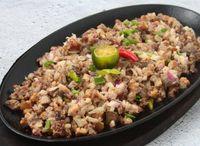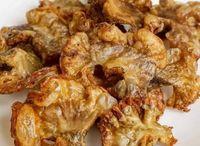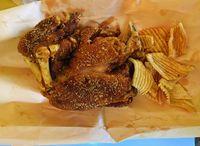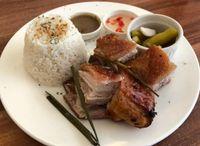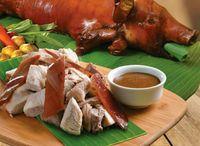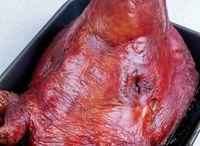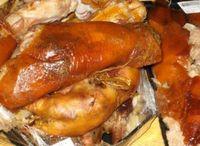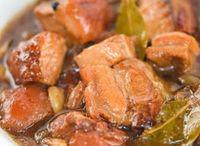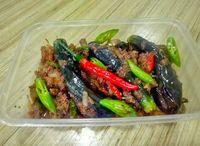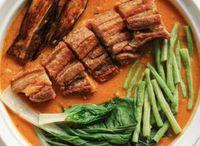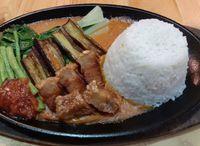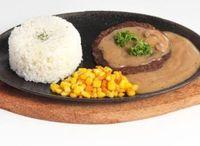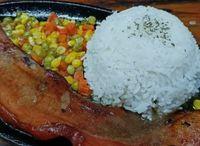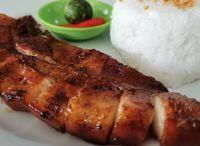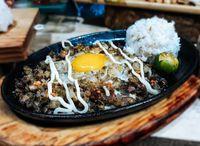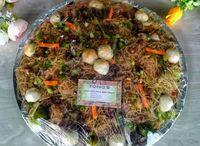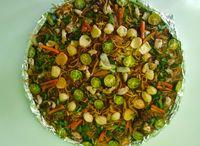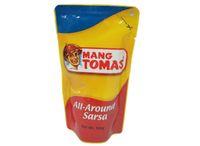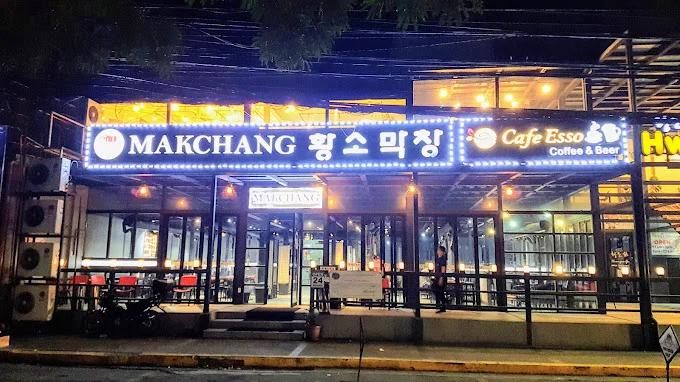Tongs Crispy Pata Ulo restaurant is the go-to place for the crispiest and most flavorful pata ulo in town. It’s a favorite among food lovers who appreciate the perfect crunch. Tongs has a special place in the hearts of food enthusiasts because they skillfully combine traditional flavors with culinary excellence. Some top picks from their menu include Crispy Sisig, Lechon Kawali, Lumpia Shanghai, and Chicharon Bulaklak. Once you take the first bite, you’ll see why Tongs is loved for its delicious and crispy offerings.

Tongs Crispy Pata Ulo Menu Prices Philippines
Popular
Mains
Lechon Baboy
Special Items
SIZZLING MEALS
Putok Batok Set
Inasal Meals
Lutong Ulam
Lutong Kambing
Silog Meals
Bilao Specials
Drinks
Short Orders
Side Dishes & Add Ons
Popular at Tongs Crispy Pata Ulo Philippines
Crispy Sisig:
Prepare to sizzle your taste buds with Tongs’ legendary Crispy Sisig. Imagine a sizzling plate overflowing with crispy pork face and ears, dancing with chopped onions, chilies, and a vibrant orange egg yolk. Each bite is a fiery fiesta of textures and flavors, guaranteed to awaken your inner sisig champion.

Lechon Kawali:
Forget dry pork bellies, Tongs’ Lechon Kawali is a crispy revelation. Picture golden-brown pork crackling like sunshine, revealing meat so tender it falls apart at the touch. Dip it in vinegar or their signature liver sauce, and experience the ultimate Pinoy comfort food, elevated to crispy perfection.

Lumpia Shanghai:
Don’t underestimate the humble Lumpia Shanghai at Tongs. These golden spring rolls pack a flavor punch. Savory meat and veggie filling tucked within a crispy, flaky wrapper deliver a satisfying burst of savory goodness in every bite. Perfect for sharing or solo snacking, they’re the ultimate on-the-go Filipino treat.

Chicharon Bulaklak:
Craving some crunchy, guilt-free indulgence? Tongs’ Chicharon Bulaklak has you covered. These airy, flower-shaped pork rinds are deep-fried to crispy perfection, offering a satisfyingly light and flavorful snack. Drizzle with vinegar or dip in chili sauce, and prepare to be transported to a world of crunchy, guilt-free bliss.
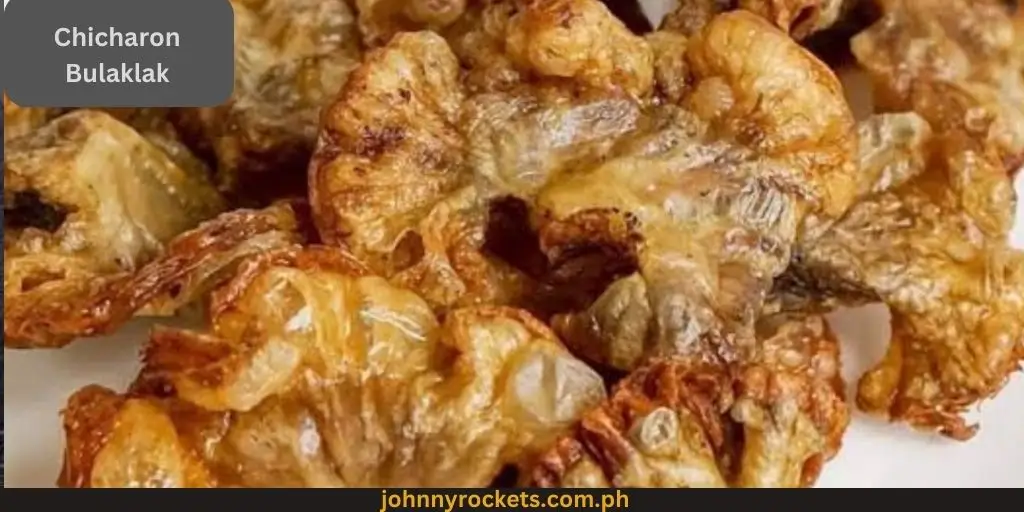
Tongs Crispy Pata Ulo Alternative Restaurants
Tongs Crispy Pata Ulo Opening & Closing Hours
| Monday | 8:00 – 19:00 |
| Tuesday | 8:00 – 19:00 |
| Wednesday | 8:00 – 19:00 |
| Thursday | 8:00 – 19:00 |
| Friday | 8:00 – 19:00 |
| Saturday | 8:00 – 20:00 |
| Sunday | 8:00 – 20:00 |
Social Pages
- Facebook: https://web.facebook.com/p/Tongs-Crispy-Pata-and-Ulo
- Instagram: https://www.instagram.com/explore crispy-pata-at-crispy-ulo-sa-yuan/
Phone: 63 936 364 0351
Why is crispy pata famous in the Philippines?
Crispy pata, the beloved Filipino dish, has a fascinating origin story that dates back to the 1950s. This delectable treat, reminiscent of Germany’s Schweinshaxe, was first crafted by Rodolfo Ongpauco, whose family ran the renowned Barrio Fiesta restaurant in Caloocan, just north of Manila. The story goes that Rodolfo had a brilliant idea to transform leftover pork legs into something extraordinary by deep frying them to perfection. This innovation soon captured the hearts and taste buds of Filipinos, and over time, crispy pata became an iconic and cherished dish across the Philippines.
What is the most national food in the Philippines?
The quintessential Filipino culinary masterpiece that proudly claims the title of the Philippines’ national dish is none other than “adobo.” Derived from the Spanish term “adobar,” which translates to “marinade,” “sauce,” or “seasoning,” adobo has cemented its place in the hearts and palates of Filipinos for generations. While the precise origins of adobo may be shrouded in the mists of time, its enduring popularity and rich flavors are indisputable testaments to its status as a beloved symbol of Filipino gastronomy.
Who started crispy pata?
Crispy pata, that mouthwatering Filipino delicacy resembling German Schweinshaxe, has a relatively brief origin story dating back to the 1950s. The credit for its inception goes to Rodolfo Ongpauco, whose mother was the proprietor of Barrio Fiesta, a restaurant located in Caloocan, just north of Manila. The delectable dish came to life when Rodolfo, inspired by creativity and resourcefulness, decided to transform discarded pork legs into the crispy delight we know and love today, through the magical process of deep frying.
Why is crispy pata popular in the Philippines?
Crispy pata has earned its cherished status in the Philippines thanks to its delectable flavors and budget-friendly appeal. This iconic dish, often likened to the mouthwatering taste of lechon, has become a staple in Filipino cuisine. What sets it apart is its affordability, as it costs just a fraction of the price to prepare compared to lechon. This affordability factor has endeared crispy pata to a wide range of people, making it accessible to many and solidifying its place as a beloved classic in Filipino culinary culture.
